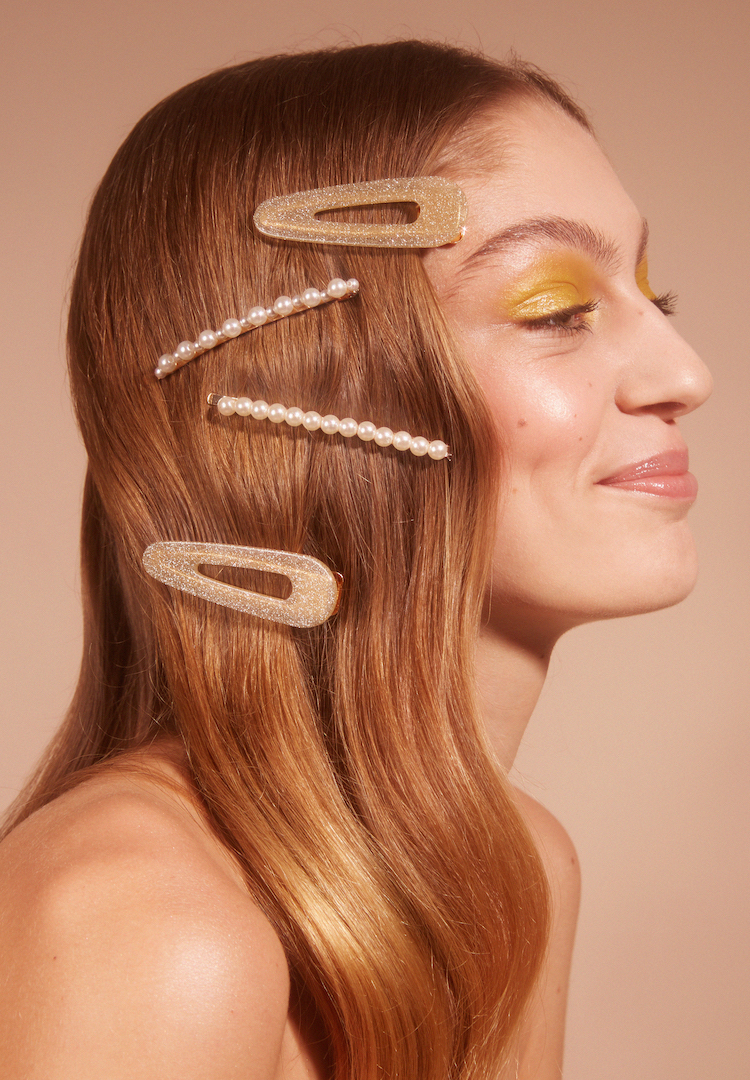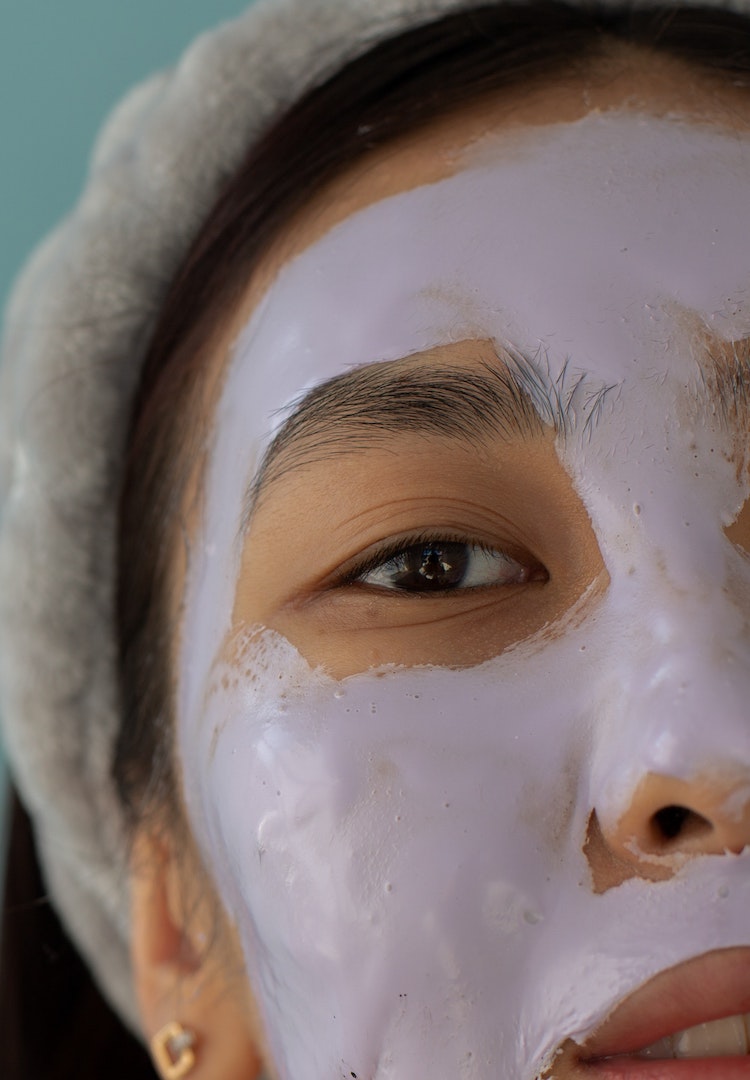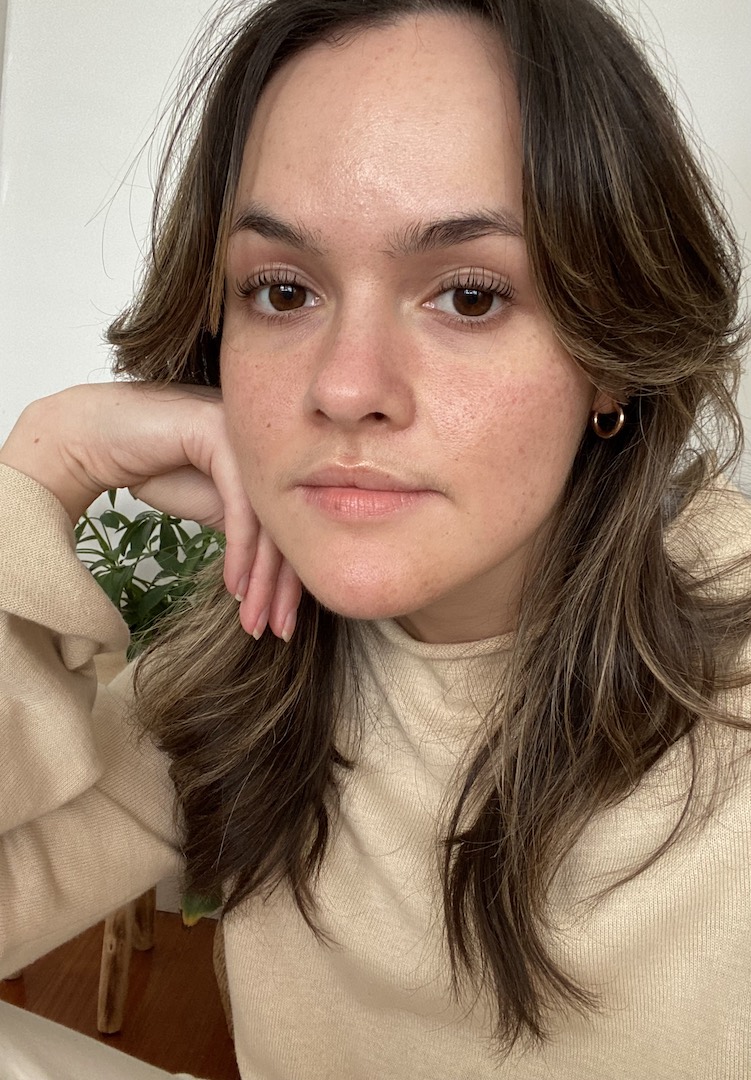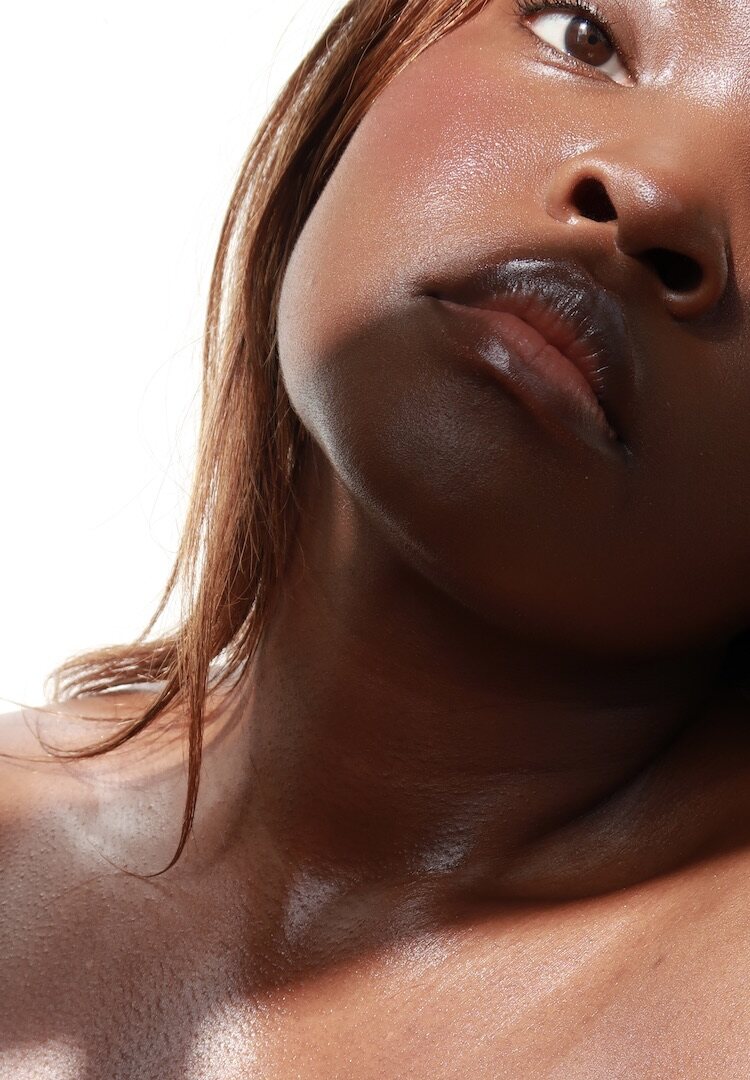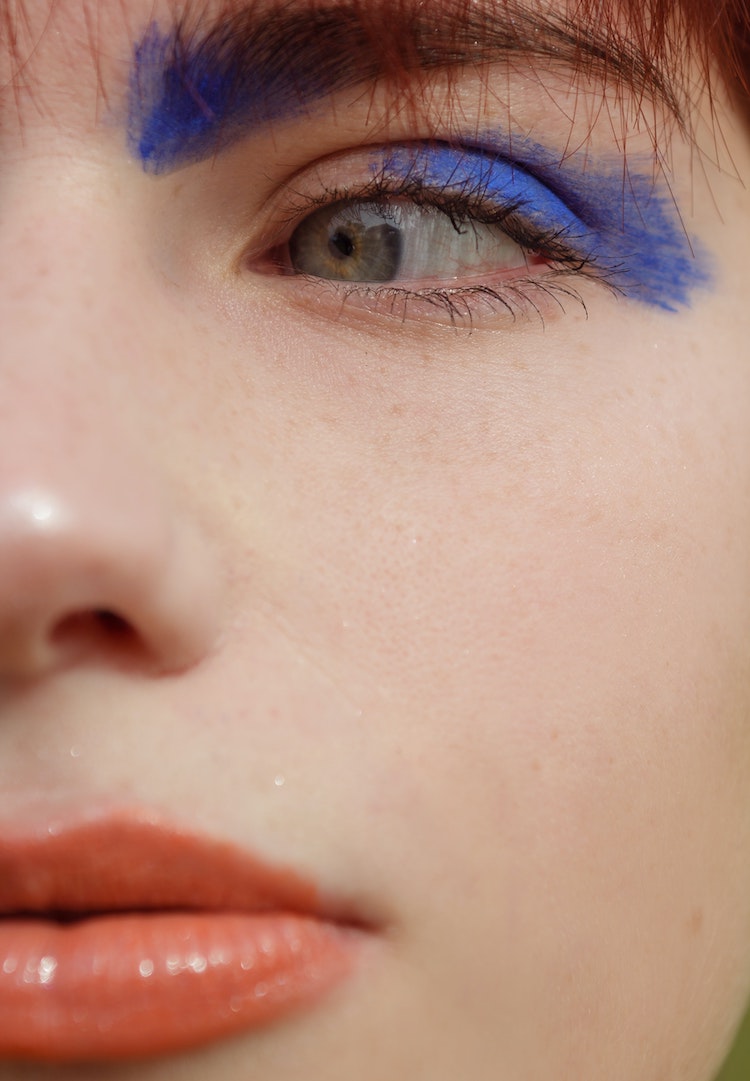How to spot palm oil in your skincare
Words by Felice Lok
This versatile but controversial oil is hidden in many of your products.
It’s probably in your toothpaste and it’s very likely in the products you’re slathering onto your face every day: palm oil. Palm oil is derived from oil palm trees, a cheap resource capable of producing more oil per hectare than other oil-producing plants, so it’s no wonder it’s in such high demand in the skincare industry. Unfortunately, it’s responsible for widespread environmental devastation.
It’s a common ingredient in everyday skincare products like moisturisers, cleansers, soaps and sunscreens but if you’re looking to avoid products containing palm oil it can be challenging because you’ll rarely find the words ‘palm oil’ in the ingredient list on the back of your bottles.
We like nosy people. Don’t be shy, head to our Beauty section for more.
To learn more about the common names skincare brands use to hide palm oil in their products, I spoke to conservation ecologist Tom Hiney. Tom is also the co-founder of SunButter Skincare, alongside marine biologist Sacha Guggenheimer. Together, they have founded the world’s first certified palm oil-free sunscreen company.
“We’re not often seeing pure palm oil (as an oil like coconut oil or olive oil) as an ingredient in cosmetics or in food,” Tom explains. “With oils, you can break them down into different components.” Tom says palm oil is popular in skincare products because of its versatility, and the fact that many fatty acids and stabilisers can be derived from it at inexpensive prices.
The environmental issues of using palm oil
Unfortunately, the massive demand for palm oil is at the expense of the environment. Oil palm trees are most commonly found in Indonesia and Malaysia – these two countries are responsible for 85 per cent of the world’s palm oil supply. According to WWF, palm oil crops are highly efficient and can be produced in abundance all year round and the steady income it creates for farmers incentivises them to grow more.
Tom explains that primary rainforests in tropical countries go through huge amounts of deforestation in order to create monocultures of palm oil plantations. These monocultures are destructive to the soil and environment. “It’s not like what a farmer experiences in Victoria, where they can just convert their cornfield or canola field one year and start growing palm oil. Sadly, we’re seeing so many places like Borneo, Indonesia and Malaysia just clearing incredible rainforests.”
Apart from the environmental destruction, Tom notes it’s worth thinking about the human consequences of deforestation. Tom tells me about his travels to Sumatra a decade ago where he stayed in a little town that was “thriving” with the rainforest being the main attraction.
“There were guides, there were restaurants, there were coffee shops and hostels and everything you could need in the jungle,” Tom recalls. “If you take that away, this community is gone as well too. They’re all here because they live in this incredible environment that people want to pay and see.”
Because monocultures like palm oil can erase people’s livelihoods, Tom says the local economy and communities often end up doing it tough. “It’s that double-edged sword we need to think about. It’s really detrimental to the environment and also really detrimental to the people who work there.”
The devastating consequences of harvesting palm oil have meant many of us have tried to boycott using the ingredient. Some skincare brands have begun shifting away from using it in their products, with the aim of becoming palm oil-free. But palm oil can be sneakily hidden in some of your favourite products without you knowing. Being able to recognise it under all its different guises will allow consumers to purchase more consciously and, hopefully, help decrease the demand for palm oil.
So, how can you identify palm oil in your skincare?
Palm oil can be really hard to spot because there are thousands of ingredient names that can be derived from it, Tom explains. But he says in skincare products, it may appear in the form of emulsifiers, glycerols and ingredients that begin with ‘coco’. Here are some to look out for next time you’re purchasing skincare.
Emulsifiers
Emulsifiers are usually found in creams and lotions as an agent to bind water and oils. Tom says you will usually see emulsifiers listed at the back of your bottles with a number attached such as ‘E482’.
Glycerols and glycols
It’s important to also keep an eye out for ingredients beginning with the words ‘glycerol’ or ‘glycol’, which are commonly used to help retain moisture in the skin.
Ingredients starting with ‘coco’
“As a general rule, lots of ingredients that start with ‘coco’ commonly contain palm oil,” Tom tells me. “It can be really deceptive because when you see ‘coco’, you think of coconut oil. But there’s a really good chance that many of these ingredients are derived from palm oil,” he says. These may include coco-glucoside which is common in cleansers or cocomide DEA/MEA which is used to thicken skincare products.
However, these are only a few of the many ingredients that may be derived from palm oil. Co-manager of the International Palm Oil Free Certification Trademark (POFCAP) Bev Luff has dedicated almost 15 years to researching ingredients containing palm oil. Bev explains that cetyl alcohol and decyl glucoside are two ingredients often said to derive from coconut oil, but they usually contain a palm oil derivative.
Cetyl alcohol
Cetyl alcohol is usually found in creams and lotions to smooth skin. Bev says this ingredient is often misrepresented as being derived from coconut alone, when “in all cases, it will either be derived from palm, palm and coconut, or petrochemicals”.
“Over the last 13 years, members of our team have yet to come across a plant-based palm-free cetyl alcohol with evidence to back up that claim,” she says.
Decyl glucoside
A quick look at the back of your facial cleansers or body washes may see decyl glucoside listed as an ingredient. Decyl glucoside functions to remove oil and dirt from the skin. Bev says it’s a common ingredient that contains a palm oil derivative. “When you ask for more information about decyl glucoside, the answer you usually receive is that it is derived from coconut,” she explains.
However, of the many decyl glucosides that the POFCAP team has encountered across many years, only one was found to be palm oil-free, with all others containing a palm oil derivative.
“Unless a product is actually Certified Palm Oil Free by POFCAP, then a consumer will never know if the ‘palm oil-free’ claim made by a company is 100 per cent genuine,” Bev says. “So if you’re only ever basing your conclusion as to an ingredient’s palm oil status on palm oil-free statements by a company or supplier then you will undoubtedly be using palm oil-derived ingredients.”
Over the years, Bev has compiled a growing list of alternate names for palm oil, and there are a whopping 618 ingredients on there. So the next time you fork out for that overpriced serum or cult-favourite moisturiser, it’s worth giving the ingredients list a scan for anything that’s palm oil masquerading as something it’s not.
For more information about palm oil, head here.

